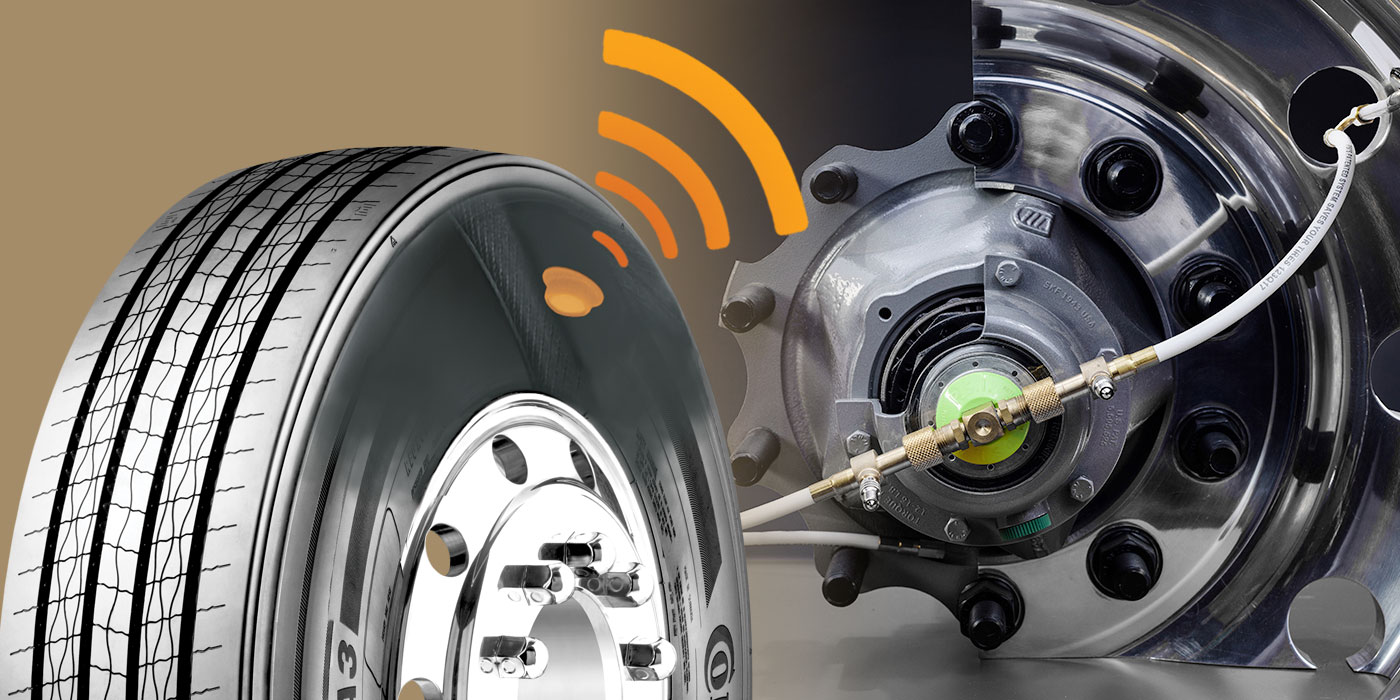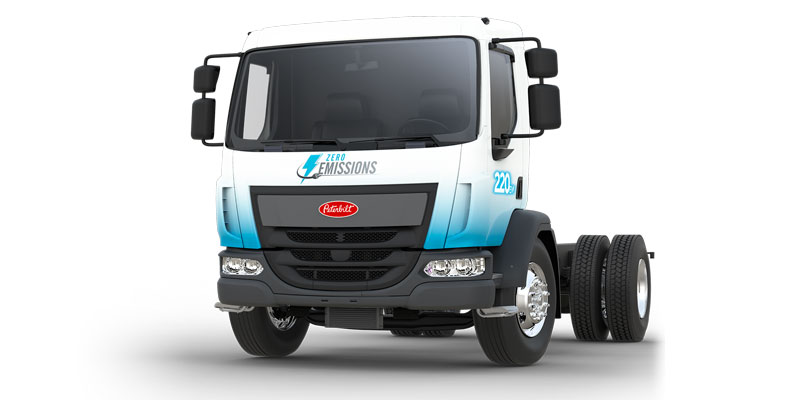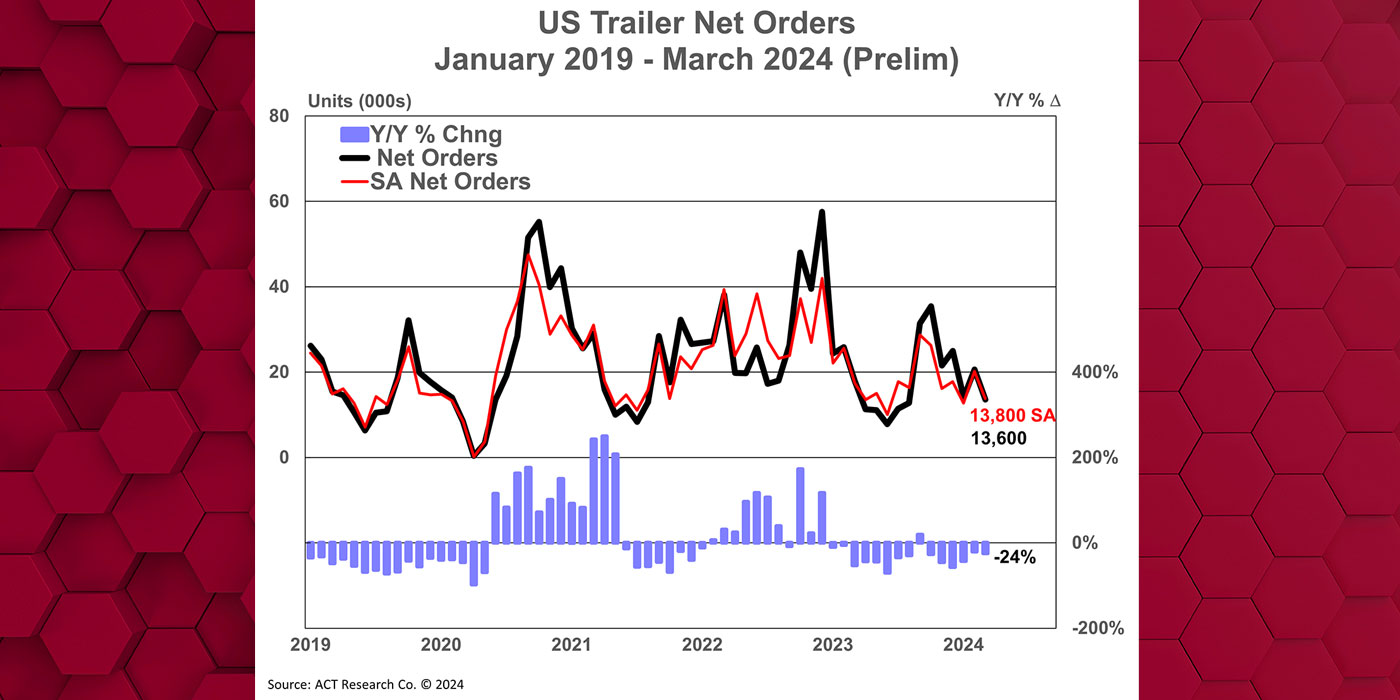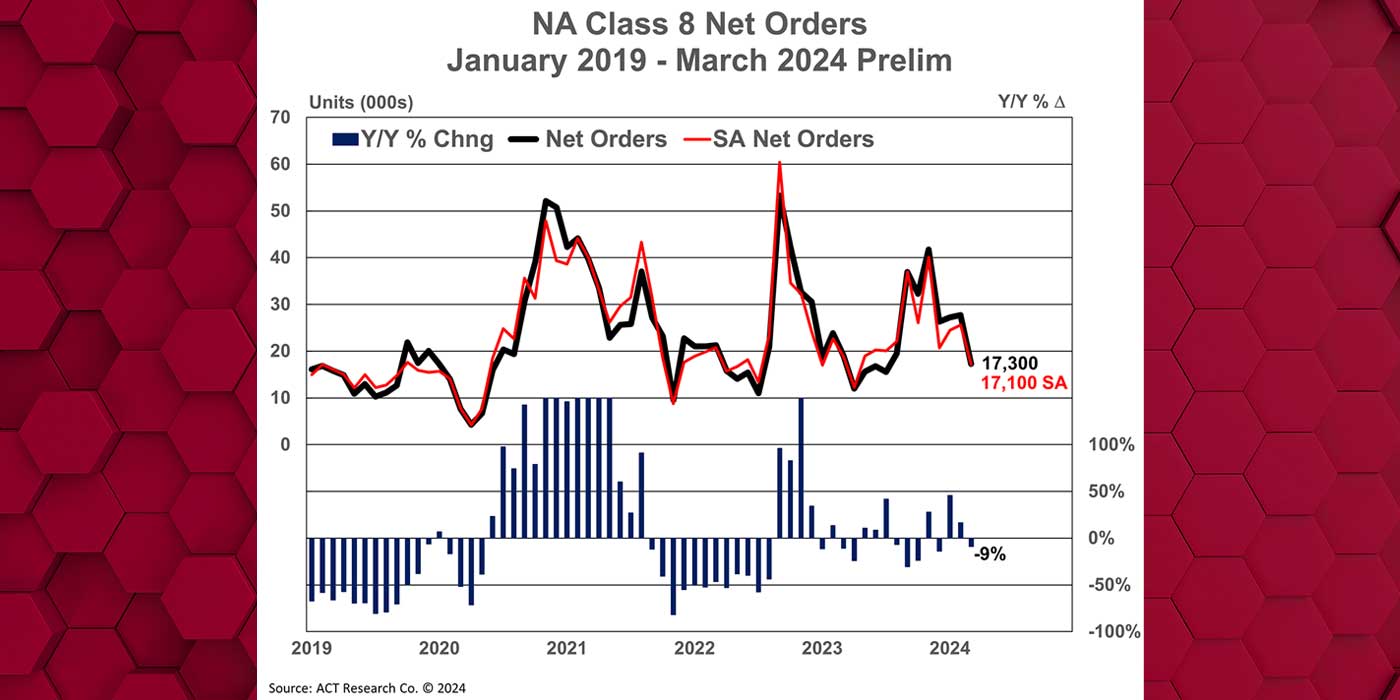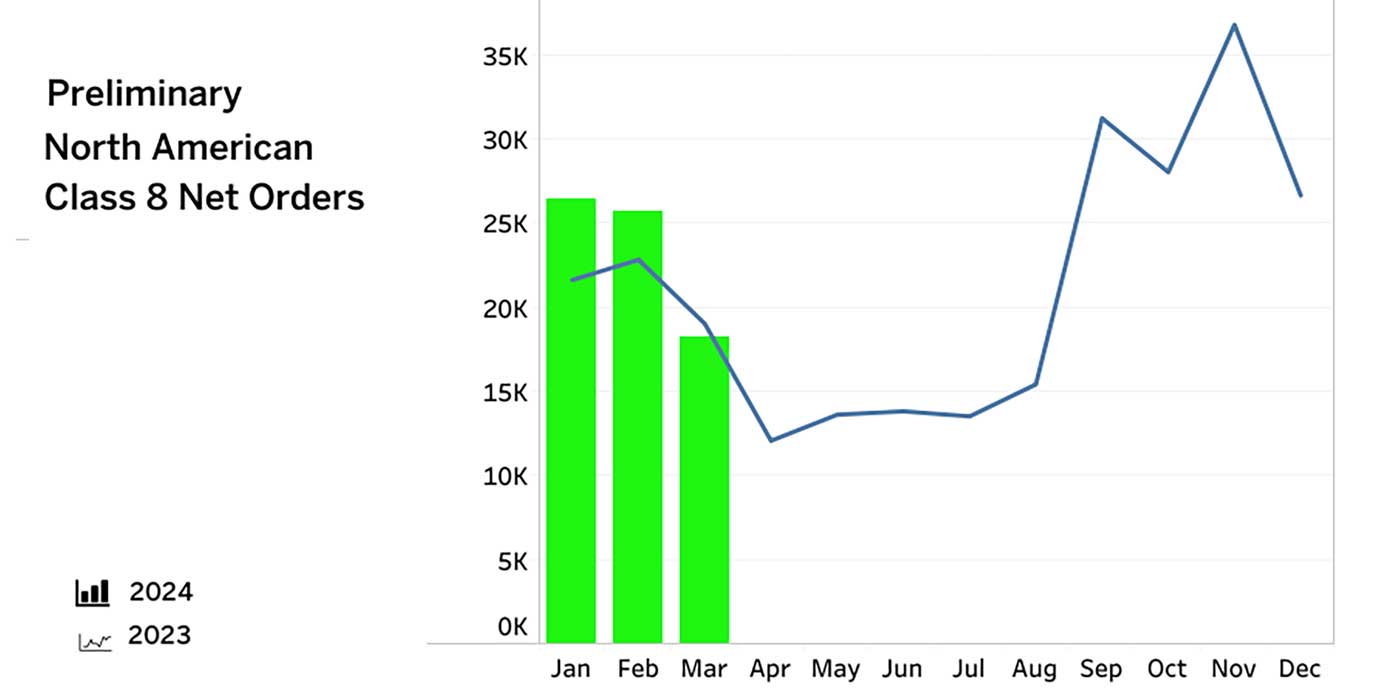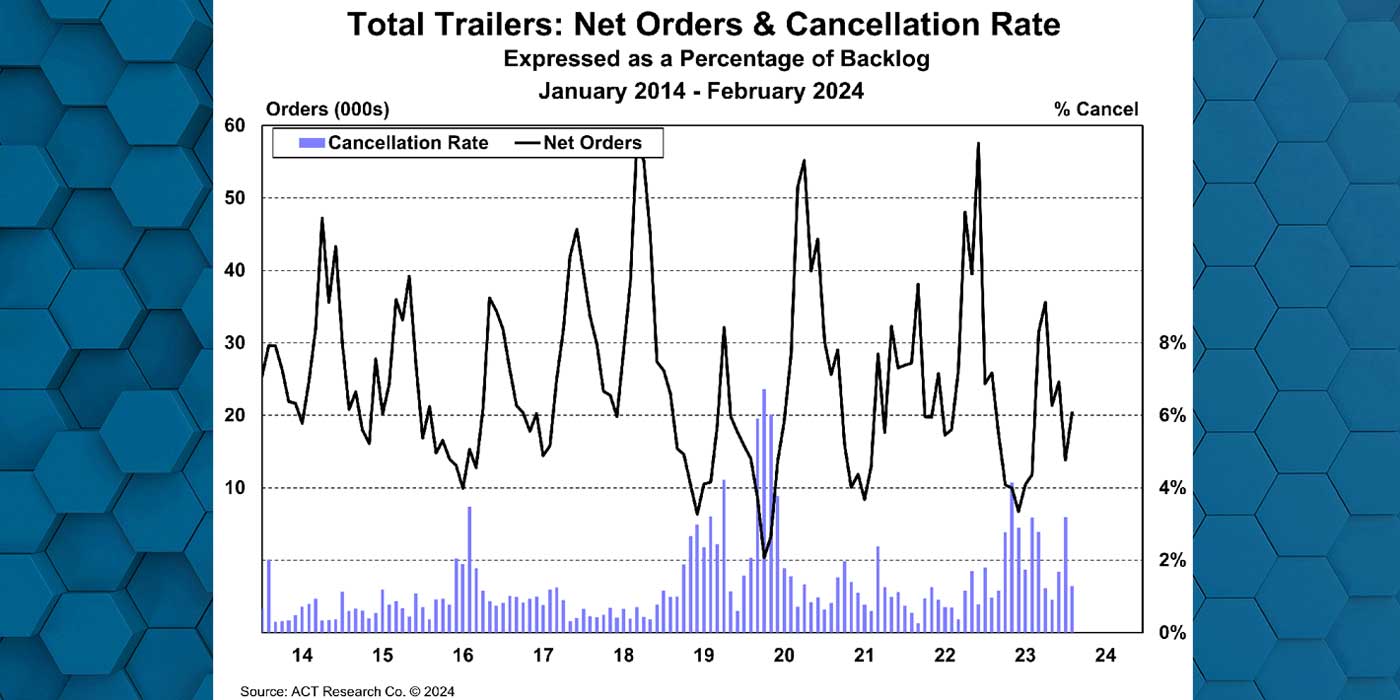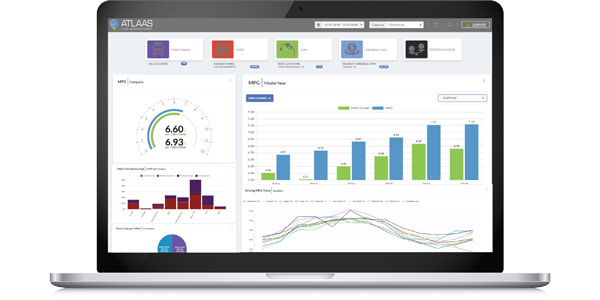
We make a lot of decisions with our gut, but truck lifecycles are complicated, and the decision to invest in new trucks isn’t one that should be made based solely on how you feel about it. While your gut has served you well, your gut can be wrong. Maybe not all of the time, maybe not even most of the time, but some of the time. Fuel efficiency and maintenance costs add up to tell you the truck’s cost per mile, valuable data that can take the emotion out of your decisions and base it on what’s actually happening out on the road.
“We look at two types of cost: variable cost and fixed cost,” explained Jim Griffin, chief operating officer and chief technology officer of Fleet Advantage. “Fixed cost is your cost and finance—you buy the unit outright or you take a loan on it or you lease it—those are generally fixed for the term of the asset. The variable costs you have more control over, namely the maintenance and repair and the fuel cost.”
Griffin clicked through a demo dashboard of Fleet Advantage’s ATLAAS, or Advanced Truck Lifecycle Administrative Analytics Software. Rows of columns populated the page, offering a bird’s eye view at everything from specific unit mileage to its current MPG, current fuel cost per mile (CPM), and maintenance and repair CPM. And it all led to a green number at the end of the row that can knock the wind right out of you.
“The Tipping Point—” that’s the green number “—is where we start looking at the financial obsolescence of the asset. We’re taking into account all of that maintenance and repair cost and fuel cost and comparing that to the cost of a new asset,” Griffin said. “Sure, your payment for a new asset is going to be more than the existing truck, but when you combine all of that unit’s cost factors—fixed and variable—you’re going to find substantial savings.”
Arthur C. Clarke, the famed science fiction writer, once wrote: “Any sufficiently advanced technology is indistinguishable from magic.” Fleet Advantage’s Tipping Point dashboard was clearly made by wizards, but ATLAAS’s impressive truck lifecycle thaumaturgy is driven by data that you already collect.
“The data is specific to the fleet data and the unit data,” said Travis Wynes, CTP, director of fleet services at Fleet Advantage. “We take a fleet’s historic operating data and run it through our analytics. “Then we take it another step further to identify the units that will save fleets the largest amount of money sooner than perhaps other units.”
The Fleet Advantage database pulls in approximately 100 million miles of data from more than 40,000 units per month adding up to a total of more than 8 billion miles of data. Across this database, the “sweet spot” tipping point in a truck’s lifecycle typically falls within three to four years and/or 350,000 and 400,000 miles for on-highway, over-the-road applications.
Your skeptical side is probably asking: How accurate can this projection be?
Here’s Wynes:
“We have a lot of confidence in our algorithms,” he said. “We have a large customer with about 1,200 units who started with us in 2014. We recently went through the process of refreshing the units in their fleet and they told us that we saved them everything we said we’d save them. They told us, ‘Okay, you have our trust.’ Now we’re swapping out 800 units right now.”
And all based on data. Data that doesn’t care how high your fuel bill is. It doesn’t care how much you spent on tire maintenance last week, last month or last year. All it cares about is telling you the truth. Trust your gut and listen to it.






